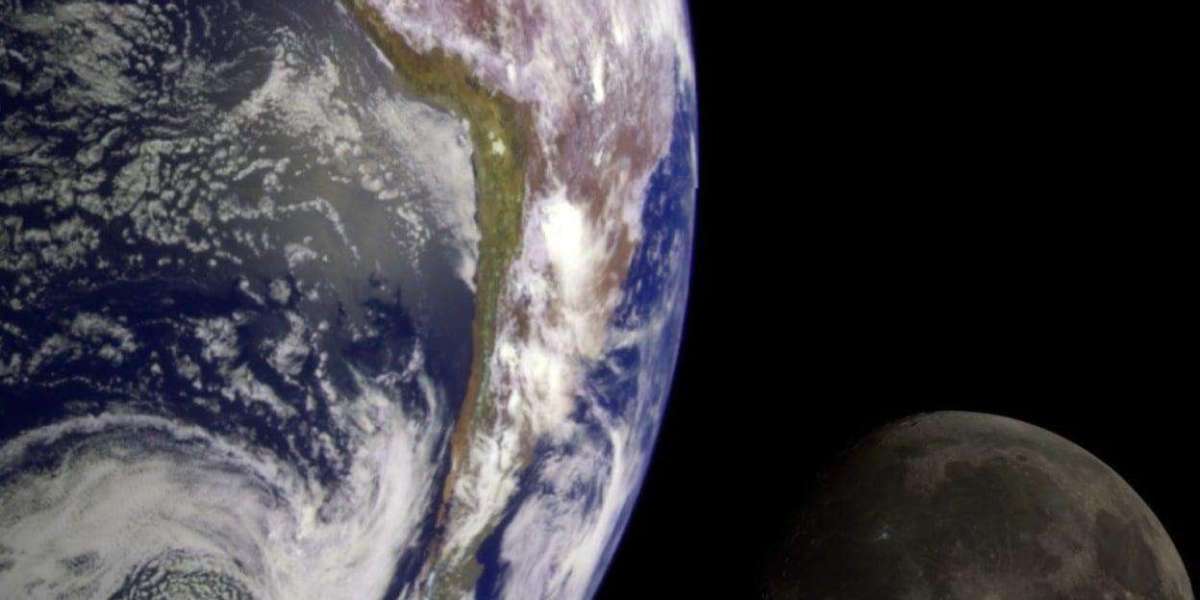
Earth is about to gain some temporary celestial company.
Beginning this Sunday, our planet will capture a nearby asteroid, pulling it into orbit until it departs on November 25. After its two-month stay, the asteroid will resume its path around the sun, earning the title of “mini-moon.”
The asteroid in question is named 2024 PT5, which was identified in August through a NASA-supported asteroid detection initiative and a South African observatory. However, before you grab your binoculars, keep in mind that it measures only 33 feet across — about the size of a Greyhound bus — and is too dim to be seen with the naked eye or a standard telescope.

In our solar system, nearly 300 moons orbit the eight planets and Pluto, with new ones being discovered as detection techniques advance. Most of these moons revolve around the gas giants Saturn and Jupiter.
Moons vary widely in shape and size, but they all share the common trait of orbiting a larger celestial body. While these natural satellites are plentiful, they hold particular importance for us due to Earth’s unique, fixed-orbit moon — a significant rocky body about one-quarter the size of our planet, located approximately 239,000 miles away.
Earth has previously captured asteroids, drawing them into orbit with its gravitational pull, but many of these space rocks pass by without completing a full orbit. Compared to recent mini-moons, 2024 PT5 is a short-term visitor. In July 2006, an asteroid named RH120 orbited Earth for a year before being released in July 2007. Astronomers suspect another asteroid that escaped in May 2020 may have been orbiting our planet for several years.

Two astronomers from the Universidad Complutense de Madrid in Spain have made a remarkable discovery of a mini-moon while scrutinizing the paths of near-Earth entities. Their findings have been published in the journal Research Notes of the AAS. Earlier investigations carried out via NASA’s Asteroid Terrestrial-impact Last Alert System had already dismissed the likelihood of the celestial body impacting Earth.
In their analysis of 2024 PT5’s trajectory, the research pair, Carlos de la Fuente Marcos and Raúl de la Fuente Marcos, were also able to uncover its origins. The celestial object is believed to have emerged from the so-called Arjuna asteroid belt, a collection of minor rocks situated close to Earth that was identified in the early 1990s.


